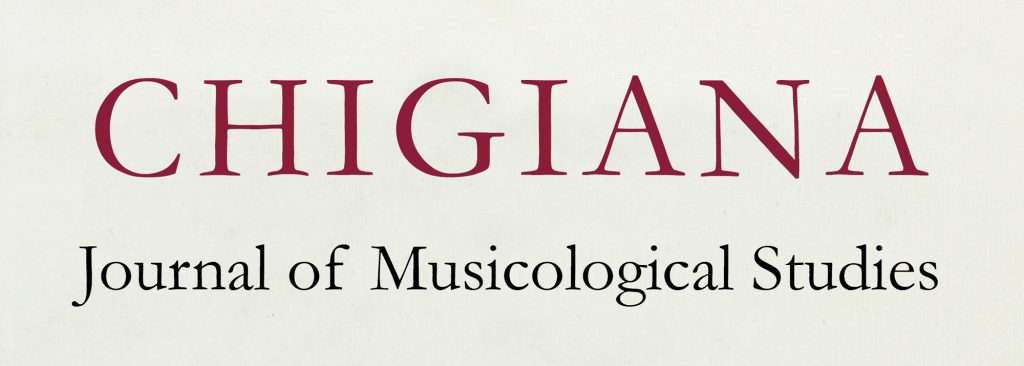
«Sei er gefehmt, sei er gebannt!». The fate of the oppressed and the redeemed, from Tannhäuser to Parsifal
Francesco Fontanelli
A widespread symbolist reading of Tannhäuser interprets the story as an inner struggle between “the flesh and the spirit”, between “Satan and God” (Baudelaire 1861). This paper reconnects the opera to its sociological matrix, on the basis of the composer’s original paratexts. In the first edition of the libretto (1845), Wagner explained how the Germanic goddess Holda, “sweet and merciful”, had been forced into exile as a result of the hegemony of Christianity; forgotten by all, she took the name of Venus, and to survive the stigma became evil, playing the part of the mistress (actually slave) of an artificial paradise. Tannhäuser thus becomes an all-round reflection on the relations of power, on the dialectic between the individual and the community, and on the boundary that separates victims from offenders. This analysis of the dramaturgy, in the light of Wagner’s Zurich writings, will bring out the socio-political sense of a redemption conceived as ‘salus extra ecclesiam’. By standing between their unsheathed weapons, Elisabeth suspends the punitive logic of the knights (and of the unforgiving Pope): the bloodless death of love reveals itself to be the only possible liberation, the escape from the oppression of law and morality. This dynamic will then be investigated in Parsifal in order to show the evolution of Wagnerian thought and the ambiguity of its outcomes. In the sacred drama, there is no more space for redeeming women: salvation is all male and the mystical chant of the Grail risks appearing as an exorcism, an emblem of an immutable and excluding order. The community of the elect will live forever, strong in its own rituals, while Kundry is unable to hold her gaze and succumbs. On which side is reason? Who ‘wins’ and who ‘loses’ in the scheme of the story? The comparison of the final scenes of Parsifal and Tannhäuser offers the key to a possible exegesis.
Del Tannhäuser è invalsa una lettura di taglio simbolista, che interpreta la vicenda come una lotta interiore fra “la carne e lo spirito”, fra “Satana e Dio” (Baudelaire 1861). Questa relazione riconnette l’opera alla sua matrice sociologica, sulla scorta degli originari paratesti veicolati dal compositore. Nella prima edizione del libretto (1845), Wagner spiegava come la dea germanica Holda, “dolce e misericordiosa”, fosse stata costretta all’esilio, a seguito dell’egemonia del cristianesimo; dimenticata da tutti, prese il nome di Venere e per sopravvivere allo stigma ‘si incattivì’, recitando la parte della padrona (in realtà schiava) di un paradiso artificiale. Tannhäuser diventa così una riflessione a tutto tondo sui rapporti di potere, sulla dialettica tra singolo e comunità, sul confine che separa le vittime dai carnefici. L’analisi della drammaturgia, alla luce degli scritti zurighesi, farà emergere il senso sociopolitico di una redenzione concepita come ‘salus extra ecclesiam’. Frapponendosi tra le armi sguainate, Elisabeth sospende la logica punitiva dei cavalieri (e del Papa che non perdona): la morte d’amore, incruenta, si rivela la sola possibilità di riscatto, la fuga dall’oppressione della legge e della morale. Tali dinamiche saranno poi indagate nel Parsifal, al fine di mostrare l’evoluzione del pensiero wagneriano e l’ambiguità dei suoi approdi. Nel dramma sacro, non c’è più spazio per donne redentrici: la salvezza è tutta al maschile e il mistico canto del Graal rischia di apparire come un esorcismo, emblema di un ordine immutabile ed escludente. La comunità degli eletti vivrà in eterno, forte dei propri riti, mentre Kundry non riesce a reggere lo sguardo e soccombe. Da che parte sta la ragione? Chi ‘vince’ e chi ‘perde’ nello schema del racconto? La comparazione delle scene finali del Parsifal e del Tannhäuser offrirà la chiave di una possibile esegesi.
